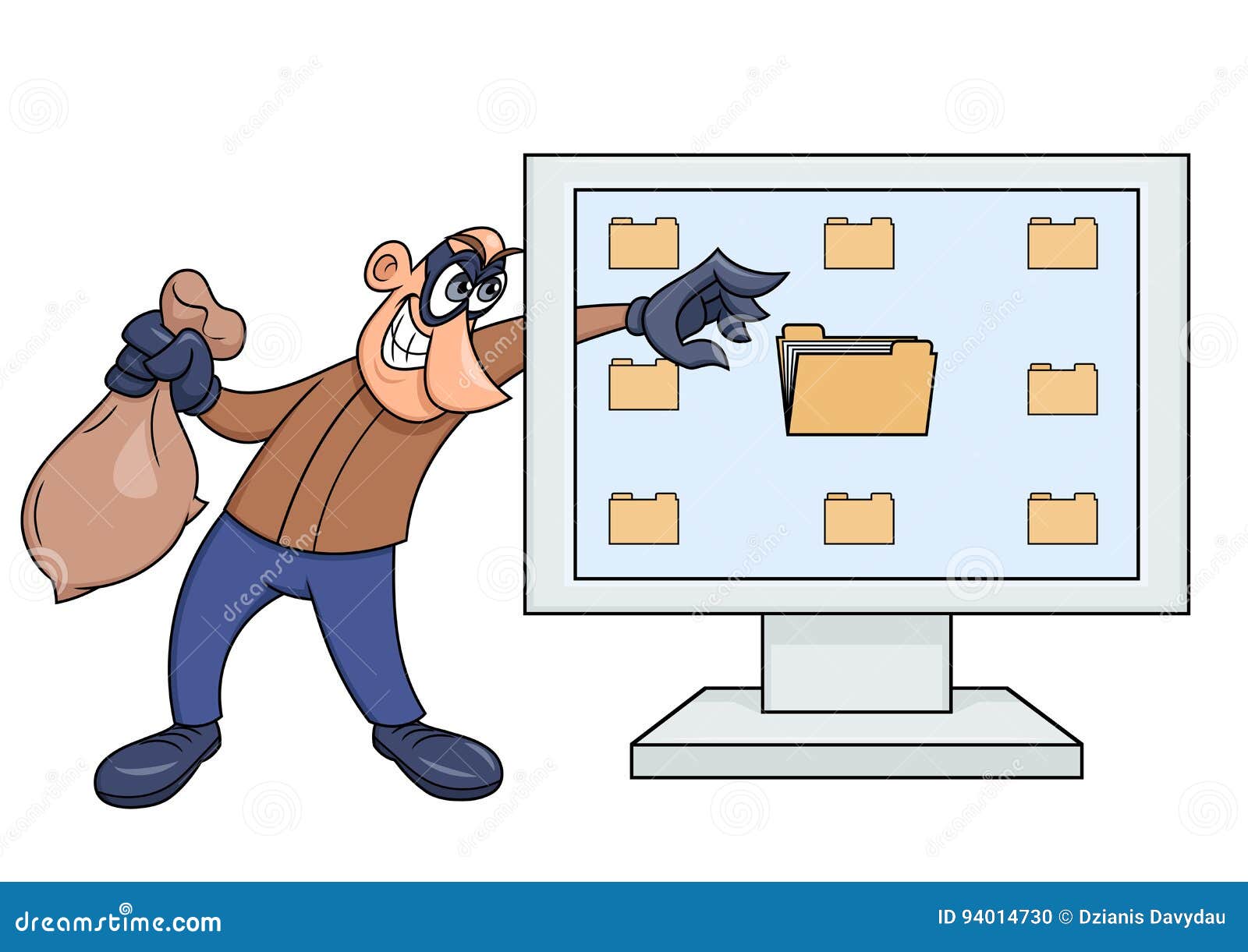

This will make DataThief attempt to trace the line. Now click on the icon just to the left of the line graph at the top middle of the control window (the icon with the * * * in it). To change the color of the trace line, click on Edit->Preferences->General->Trace and chose a nice contrasting color. Now we are ready to trace the line, but first we must make sure that our trace is a different color than the line (the default color of the DataThief trace line is black, which unfortunately is the color of the line we are trying to trace here). Make sure the blue circle with the + is on the line… from the color under that circle DataThief determines the color of the line. Drag the red circle to the end of the line. Drag the green circle to the beginning of your line, and point its little arm in the direction the line is going. You will notice that a green and red circle appear with a + through them. To do so, first click on the icon at the top middle of the control window that looks like a line graph. We would like to extract the line in the figure. Those three points define the coordinate system of the figure, and now if you move that blue point with the + through it around the figure, it will tell you where it is placed in the coordinate system of the figure. Here is where you enter the x,y coordinates in the coordinate system of the figure for each of the three datum points that you just placed. At the top left hand of the control window you will see Ref 0 in red, Ref 1 in blue, and Ref 2 in green.


Drag another one to the upper value on the x axis, and the third one to the upper value on the y axis. Drag one of the circles to the intersection of the x and y axes. You should now see the figure in the DataThief control window, with three colored points (red green and blue) that look like a circle with an X through them (there is another blue point that looks like a circle with a + through it… ignore that one for now). And click on File->Open and from the file browser select the figure file.
#.DATATHIEF DOWNLOAD#
Then download the jpeg for the figure from the html of the paper (or, alternatively, take a screen shot of the figure in the paper). To extract the data from this graph, first download DataThief to your laptop from the DataThief website. Let’s take an example: in the paper “Comparative estimation of the reproduction number for pandemic influenza from daily case notification data” by Chowell et al, there is a figure (Figure 1) that shows daily case notification data of Spanish Flu hospitalizations in 1918 in San Francisco:
#.DATATHIEF FREE#
If the data is in graphical format, there are free programs, such as DataThief, that can be used to extract the data into a numerical file. One thing to keep in mind is that any data that appears in a journal publication is fair game to use, even if it appears in graphical format only. And of course statistical models are wholly developed using sources of data.īecoming adept at finding sources of data relevant to a model you are studying is a learned skill, but unfortunately one that isn’t taught in any textbook! Connecting mathematical models to predicting reality usually involves comparing your model to data, and finding model parameters that make the model most closely match observations in data.


 0 kommentar(er)
0 kommentar(er)
